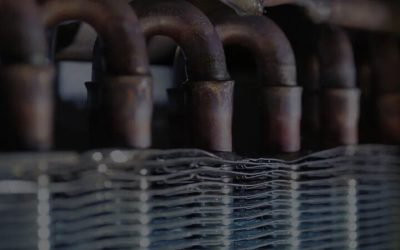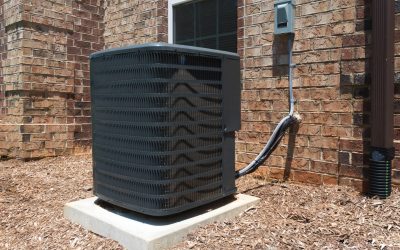In the ever-evolving quest for enhanced energy efficiency and performance, Turbine Inlet Chilling (TIC) emerges as a compelling solution. This innovative technology addresses one of the fundamental challenges faced by gas turbines: the efficiency drop caused by high ambient temperatures. By understanding how TIC works and its benefits, we can appreciate its role in optimizing energy production.
Understanding Turbine Inlet Chilling
Turbine Inlet Chilling is a process designed to increase the efficiency of gas turbines by cooling the air that enters the turbine. This cooling process is crucial because the power output of a gas turbine is directly related to the mass flow rate of air entering the compressor. Cooler air is denser, which means more air can be compressed and combusted, resulting in increased power output and improved efficiency.
How Turbine Inlet Chilling Works
TIC involves using a chilling system to lower the temperature of the air before it enters the turbine. Here’s a simplified breakdown of the process:
• Chilling System Installation: A chilling system is installed at the air intake of the turbine. This system typically consists of a refrigeration unit that cools a heat transfer fluid, which in turn cools the incoming air.
• Air Cooling: As the ambient air passes through the chilling system, its temperature is reduced, increasing its density.
• Enhanced Combustion: The cooled, denser air is then fed into the turbine’s compressor, allowing for a higher mass flow rate and more efficient combustion.
This process effectively counteracts the negative impacts of high ambient temperatures, which can reduce turbine efficiency by as much as 15% during hot weather.
Benefits of Turbine Inlet Chilling
The advantages of implementing Turbine Inlet Chilling are significant and multifaceted:
• Increased Power Output: By cooling the inlet air, TIC can enhance the power output of gas turbines, particularly during peak demand periods in hot climates.
• Improved Efficiency: Cooler air leads to more complete combustion, thus increasing the overall efficiency of the power generation process.
• Reduced Fuel Costs: More efficient combustion reduces the amount of fuel required to produce the same amount of power, leading to cost savings.
• Lower Emissions: With more efficient combustion, TIC can also contribute to lower emissions, supporting environmental sustainability goals.
For more detailed information on this technology and its applications, you can explore Turbine Inlet Chilling.
Considerations and Implementation
While TIC offers numerous benefits, its implementation requires careful consideration of factors such as the size of the turbine, ambient temperature variations, and the specific energy needs of the facility. The initial investment in TIC systems can be substantial, but the long-term savings and performance improvements often justify the cost.
Turbine Inlet Chilling represents a strategic approach to enhancing the performance and efficiency of gas turbines, especially in regions with high ambient temperatures. By cooling the inlet air, TIC not only boosts power output but also contributes to fuel savings and reduced emissions. As the demand for reliable and efficient energy solutions continues to grow, TIC stands out as a valuable technology for power producers aiming to optimize their operations. Embracing this technology can lead to significant improvements in energy efficiency, making it a wise investment for the future.


